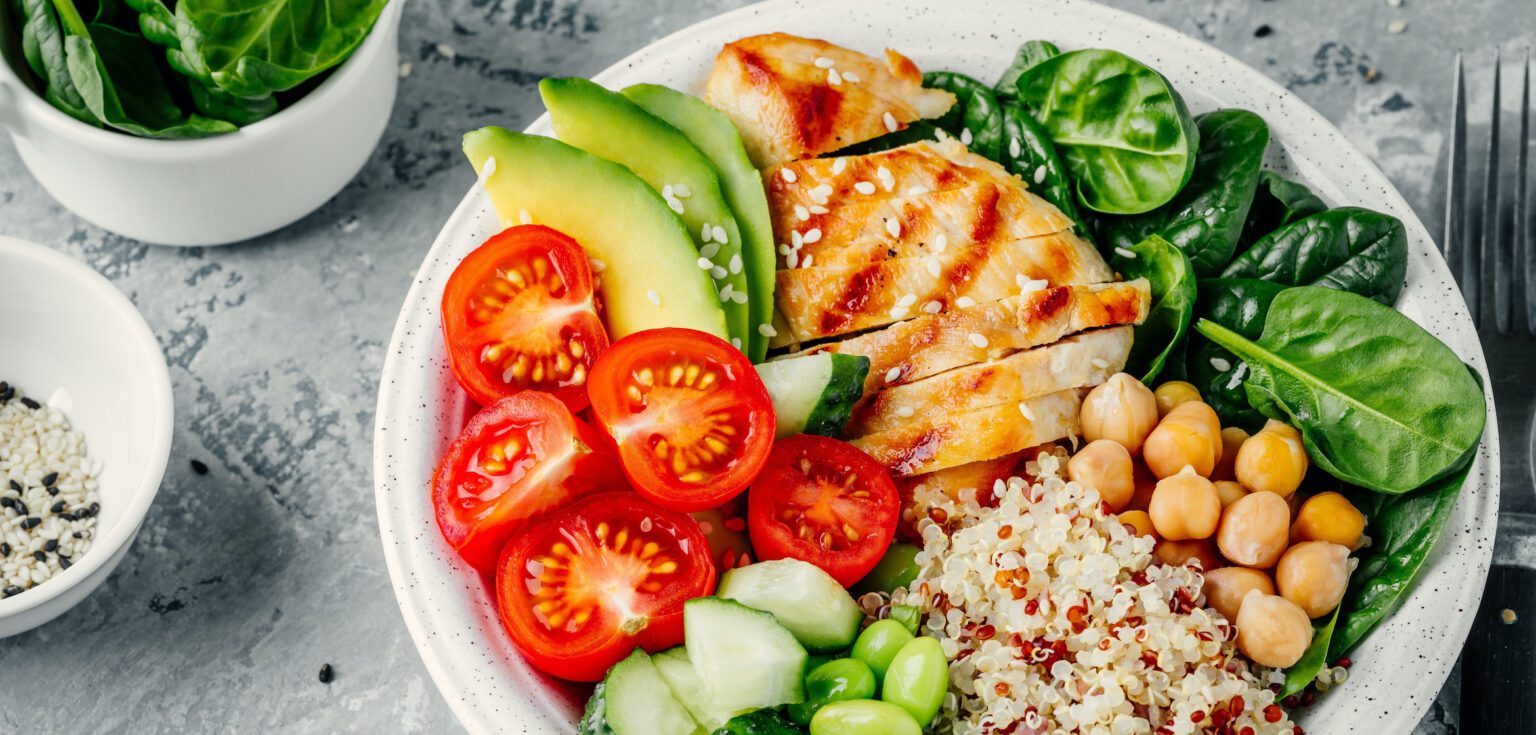Achieving a balanced diet can sometimes feel like a challenge. There are many diets recommending varied information, which can leave you feeling overwhelmed. However, doctors are clear on what a balanced dinner plate looks like. It’s easier, fulfilling, and more sustainable than what we might have imagined.
½ Plate Non-Starchy Vegetables and Fruit
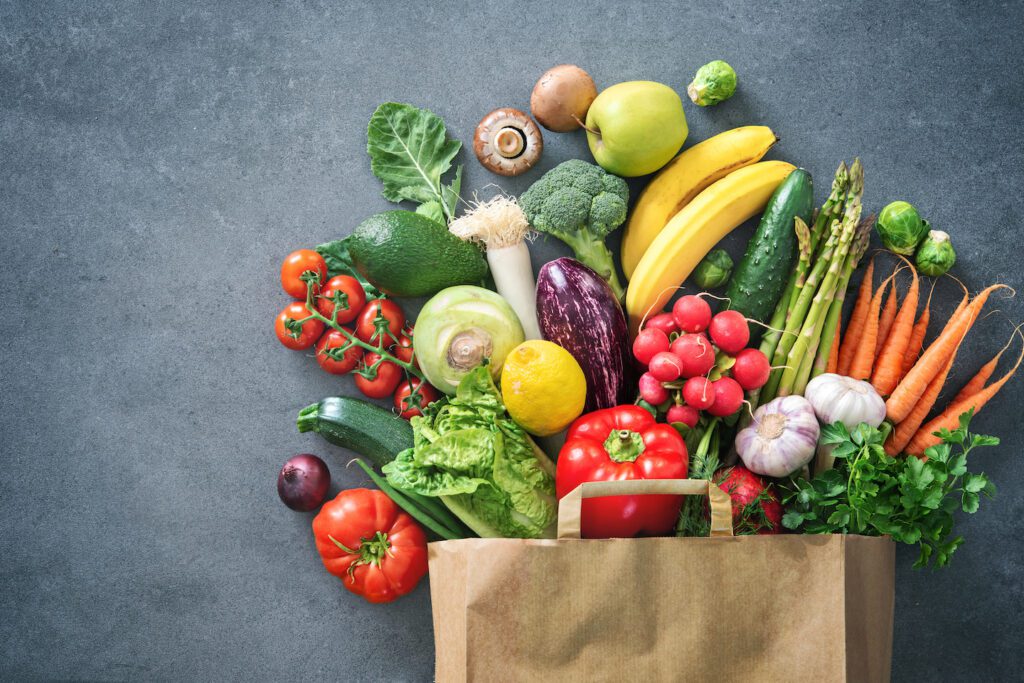

Doctors recommend that half of your plate, and diet for that matter, consist of fruits and vegetables. Most of our dietary vitamin, mineral, and antioxidant requirements for health can be found in fruits and vegetables of various colors and varieties.
Different antioxidants and vitamins can be associated to different colors; for example, Vitamin A can be found in foods that are dark yellow and orange. Iron can be found in leafy greens. It is beneficial to include some variety in your diet.
For this portion of the meal, non-starchy vegetables are recommended like:
- Broccoli
- Carrots
- Mushrooms
- Spinach
- Green beans
- Asparagus
Starchy vegetables like peas and potatoes are recommended under complex carbohydrates.
¼ Plate Protein
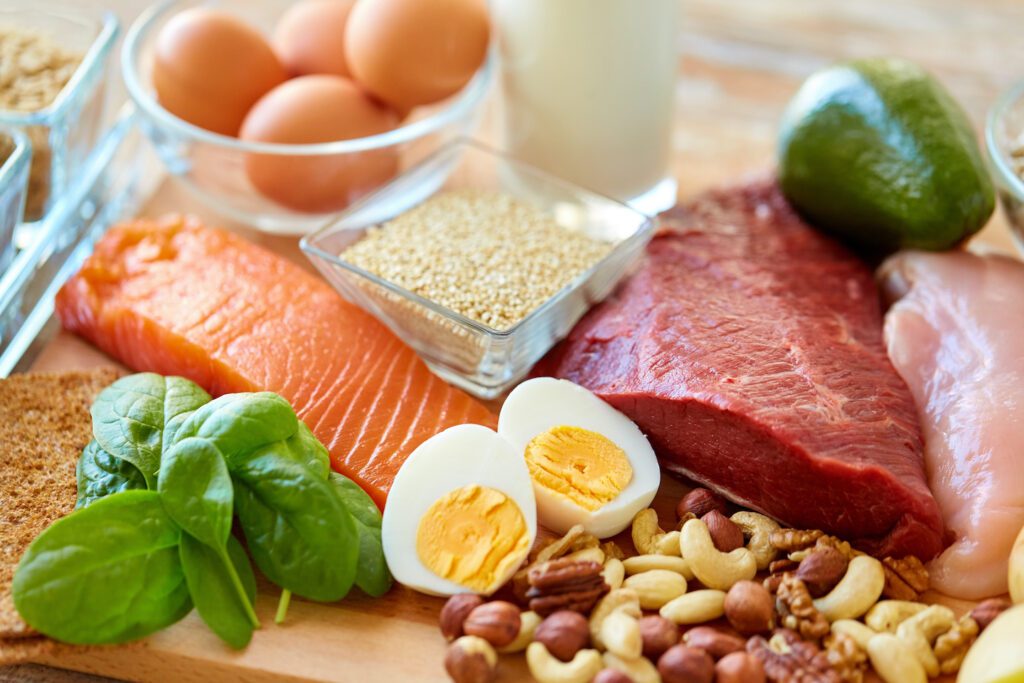

A quarter of your plate should consist of lean protein. Some examples are:
- Fish
- Poultry
- Eggs
- Cheese
- Tofu
- Tempeh
- Beans
- Legumes
- Nuts
Protein helps you build healthy muscle and makes up the body’s building blocks. It is fuel for the body and helps with energy, muscle repair, hormone health and helps with strength and vitality. It will also keep you full longer and boosts satiety hormones, curbing the desire for quick energy snacks.
¼ Plate Complex Carbohydrates
A quarter of your plate should be filled with healthy whole grains or whole food-based carbohydrates, also known as complex carbohydrates. All carbs break down into glucose. Simple carbs like white, refined grains in rice, pasta, and bread as well as sugary drinks and sweetened food can break down very quickly into glucose, negatively affecting insulin levels and leading to excess fat storage in the body since high quantities of glucose cannot be used in time for energy. Complex carbohydrates, contrarily, like those listed below, are filled with nutrients and are much healthier for the body.
- Whole Wheat
- Barley
- Quinoa
- Brown Rice
- Oats
- Buckwheat
- Potatoes
- Beets
- Pumpkin And
- Unsweetened Dairy (Which Also Provides Protein)
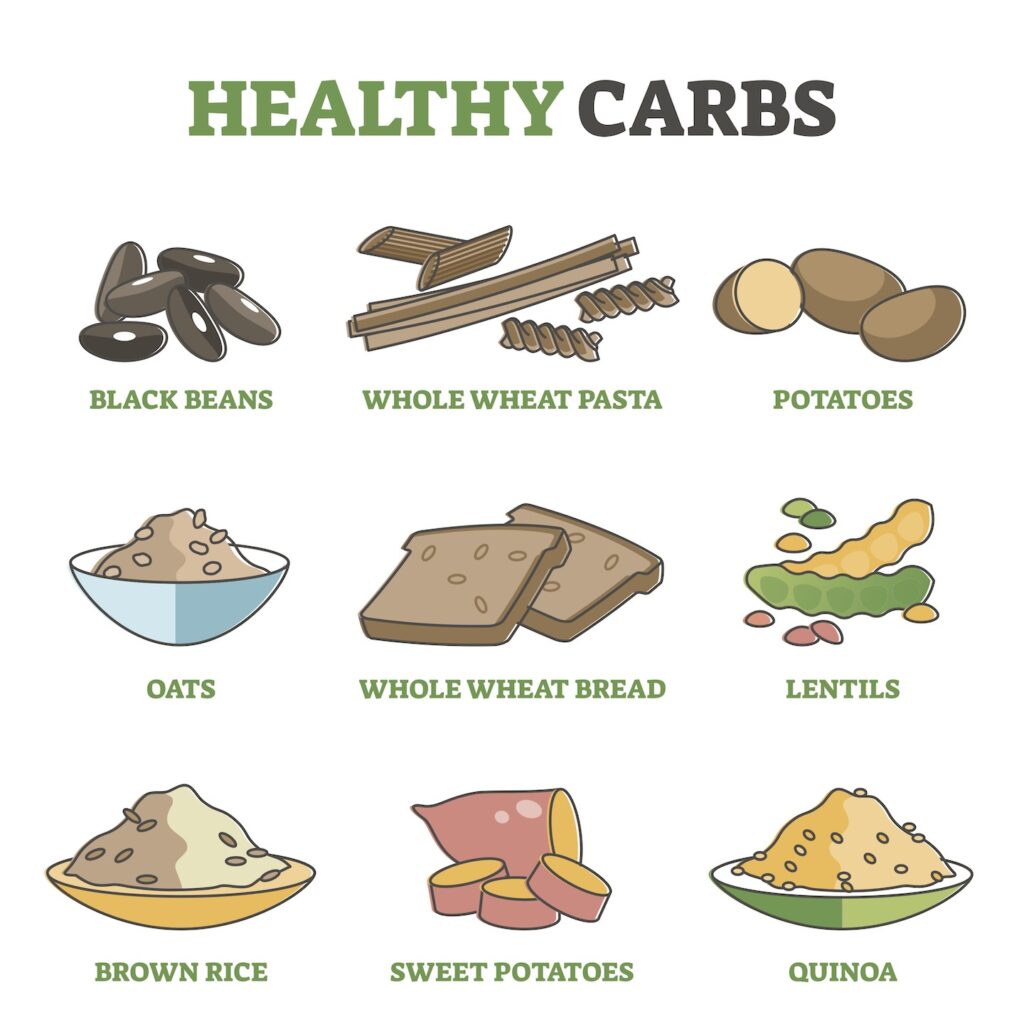

They are made from starch and fiber and digest much slower in the body, allowing for adequate time to use and burn the energy they provide. This makes them much gentler on the insulin levels and a healthier source of carbohydrates.
Note on Fats
Healthy fats are an essential part of the diet that should be consumed in low to moderate amounts. These can come from:
- Olives
- Coconuts
- Nuts
- Seeds
- Avocados
- Fish
It is extremely important to avoid partially hydrogenated oils, which have unhealthy trans fats and are often found in fried and processed food.
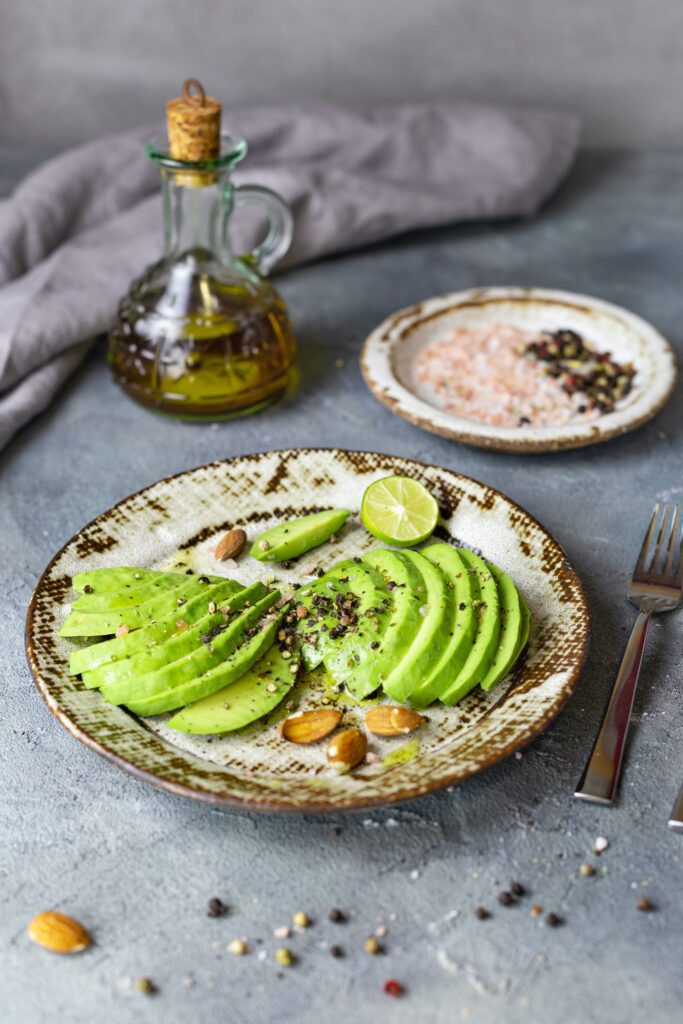

Note on Fiber
Getting enough fiber each day is crucial for digestive and heart health. Its benefits are:
- Normalize Bowel Function
- Help Lose Weight
- Help Control Blood Sugar Levels
- Especially Healthy For The Heart As It Lowers Cholesterol
Excellent sources of fiber and important to include in your daily diet are:
- Vegetables
- Legumes
- Beans
- Complex Carbohydrates
At the end of the day, balance is the key. Sticking to this diet and formula can help to ensure health and vitality for many years to come.


